Disclosure: A shortened review of this book was submitted to Food52 as part of its “Community Picks” Contest. I didn’t win, but this reviewer did. Couldn’t have said it better myself.
My hometown of Montreal is the furthest thing imaginable from a Latin American food mecca. Our summer is too short to grow hot peppers, while avocado, tomatillo & Co. come with a sasquatch-size carbon footprint. Canada actually grows a lot of corn but I don’t know of any local masa harina producer.
Until recently, you would have been hard-pressed to find a latino restaurant that ventured beyond adulterated Tex-Mex. Even so, I have developed quite the South-American taste profile. I’m one of those who swear by cilantro, give me lime over lemon anyday, and don’t get me started on jalapeno vs. serrano. It’s serrano BTW. As for Monsieur, he’ll add hot chiles to anything until his bald pate breaks out in rivulets of sweat. Boy sure likes his pain.
So I couldn’t resist Maricel Presilla’s 900-page omnibus Gran Cocina Latina: The Food of Latin America, even though I apprehended sourcing ingredients. Yes, you can substitute here and there but, let’s face it, any compromise no matter how necessary kinda slipsides away from that spot-on taste. I’ve stopped counting the bottles of Asian sauces I hoard in my pursuit of “Stir-Fry: The Real Deal”. And I thank the gods I can’t read Mandarin or I might be scared off by the ingredient list.
Flipping through Presilla’s book, I was instantly thankful that a few groceries have opened here and there to serve Montreal’s booming Latino community, otherwise several recipes here might have been out of reach. (I still haven’t cooked from Diana Kennedy’s admirable Oaxaca al gusto, but am I really meant to anyways?) In other words, you may find yourself searching for alternatives to yuca starch or hoja santa on a regular basis.
Selected from all over Latin Americas’ culinary map, Presilla’s 500+ recipes are divided into 20 chapters centered around an ingredient or specialty, so you can literally follow the gestalt of empanadas or cebiches from one country to the next. That humongous index, admittedly one of my favourite parts of any cookbook, comes in quite handy.
What I loved best about this book is how Presilla introduces most recipes with very hands-on info about their history and ingredients. I’m a sucker for narrative. You’re often told what to drink with your meal, maybe as you read up on how the author first tasted Surullitos de Maiz in this quaint fishing village on Puerto Rico’s coast. Now show me a foodie who doesn’t love a recipe travelogue…
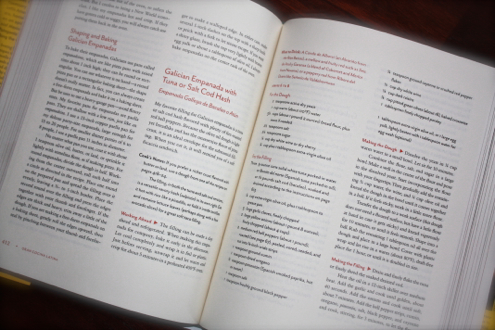
Most of Gran Cocina Latina looks like this: 2 full pages of recipes with no photographs. It reminds me of Marcella Hazan’s seminal Essentials of classic Italian cooking (which has no pix whatsoever). If you need photographs to cook, this book is not for you.
To cook the book, I turned to my husband and son, both professional picky eaters who can turn any meal on its head with their signature pouts. I yearned to try my hand at the Crab Sautéed with Seaweed and Scrambled Eggs, or the Quinoa and Broccoli Rabe-stuffed Calamari, both from Peru, go figure. My boys only perused the very, very few photographs, then settled for Fried Green Plantains and Havana-style Black Bean Soup. What a surprise. So I sneaked in the six-ingredient Brazilian Salt Cod and Potato Casserole for good measure.
(In the spirit of full disclosure, Monsieur also asked for the Brazilian Feijoada. Presilla’s version requires two days to prepare and feeds a dozen guests. Yeah right.)
The author tells us, in her muy-researched section intros, that Latin women prepare meals seated at the table rather than standing at the kitchen counter. Given the often lengthy recipe steps that put many of these recipes out of reach on a harried week night, you would too. That said, the food here is more family fare than restaurant menu, and more time-consuming than hard to execute. Bear in mind that preparation times are not indicated, a classic case of if you need to ask…?
In the end, the fried plantains were easy to make and quickly gobbled up. The soup, which has you roasting peppers, boiling beans and making a sofrito separately, was worth the effort, brimming with genuine flavour. It’s even gone into regular rotation though, in the home stretch, kiddo decided “black” soup is yucky. The cod was a miss, of sorts. The 36-hour soaking in water then milk failed to remove enough saltiness, but the taste could still blow minds. My husband may have moaned. (I never told you that.)
The verdict? If you’re ready to put in the effort timewise, run around town or source ingredients from Internet depending where you live, and if you don’t need the formulaic one recipe-one photo to cook from a book (I know I’m getting bored with that design approach), you could buy Gran Cocina Latina and spend a lifetime exploring. The warm narrative, encyclopedic reach and recipes galore make for great cooking. And, just as important to this food writer, caliente bedside reading.
Now it’s your time to cook the book. To get you started, just click on two recipes I tested for this post:
• Havana Black Bean Soup
• Salted Cod and Potato Casserole
Buen provecho!
__________
To read other reviews or buy the book:
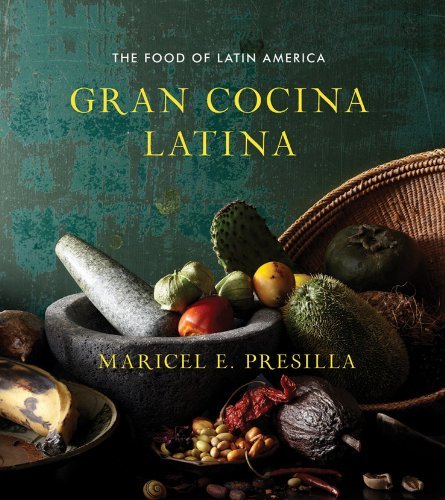
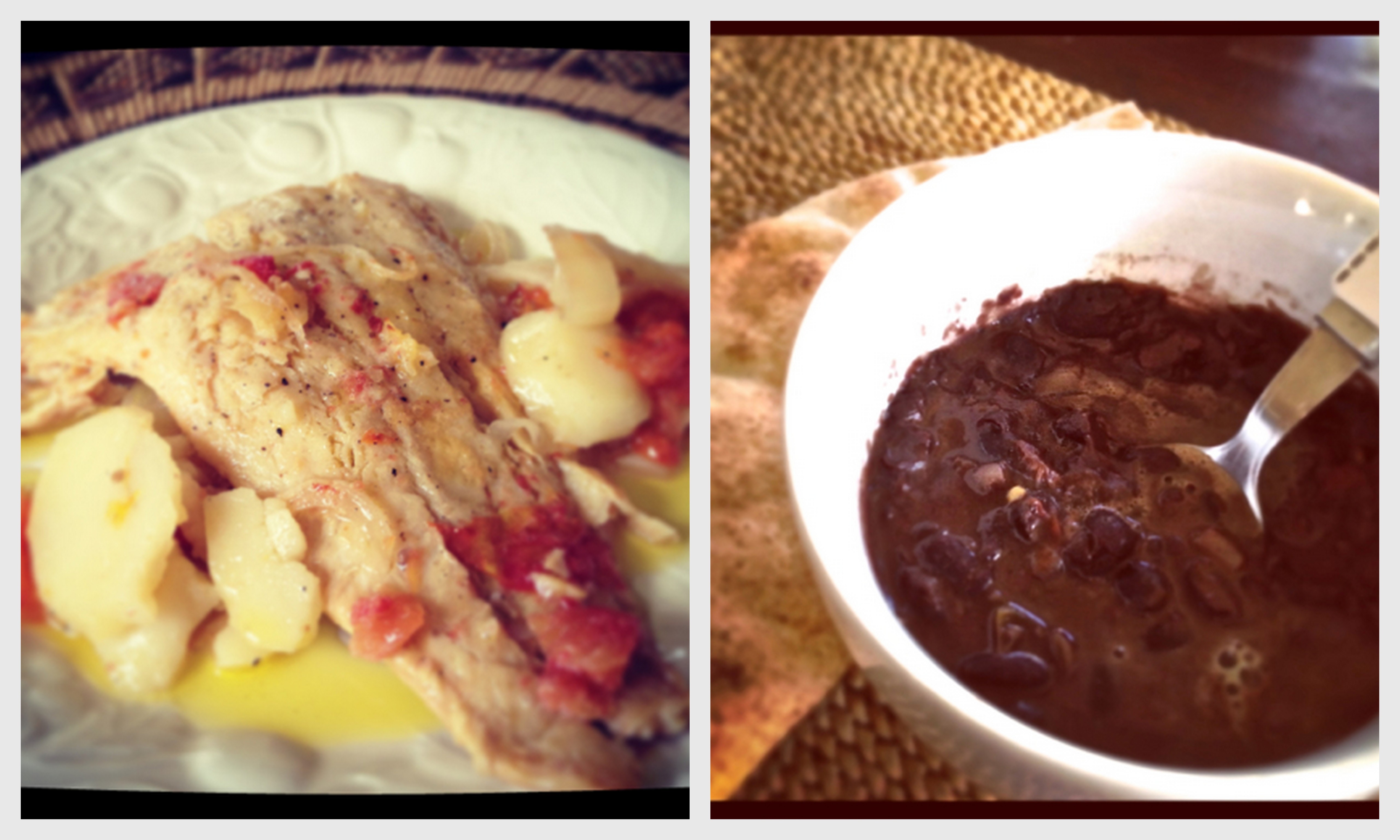
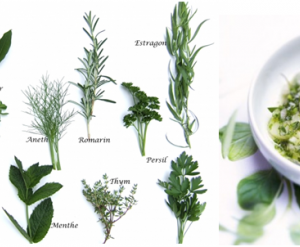
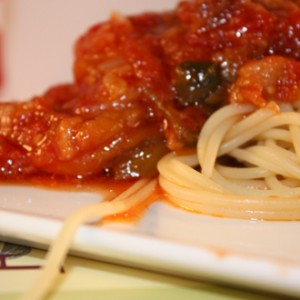
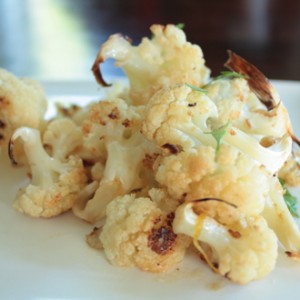







No comments yet.